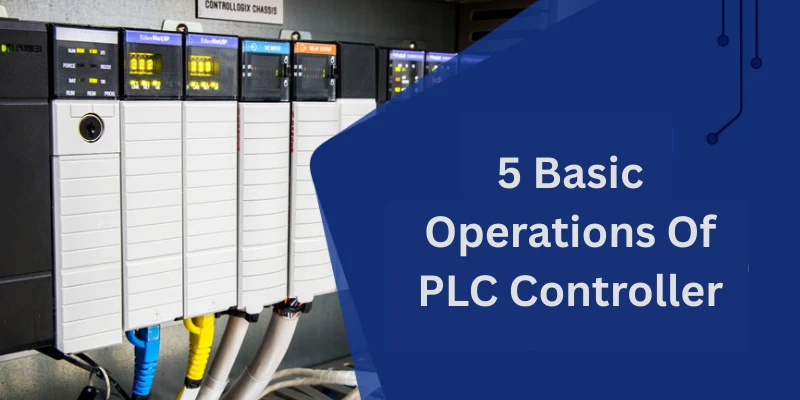
Programmable Logic Controllers (PLCs) are the heart of modern industrial automation systems. These compact yet powerful digital computers are designed to manage and control machinery and processes with precision. But how do they work? Understanding the core functions of a PLC can help demystify its role in automation. If you’re aiming to build a career in automation, enrolling in a PLC Training in Chennai is a great way to get started with the fundamentals and hands-on experience.
1. Input Scanning (Reading Inputs)
The first and most essential step in a PLC’s operation is input scanning. During this phase, the PLC reads signals from all connected input devices such as sensors, switches, and meters.
These input devices send real-time data about the physical environment, for example, whether a button has been pressed, a machine is running, or a tank is full. The PLC stores these input states in its memory for further processing. The controller checks in with all the field devices to understand the current situation before making any decisions.
Our Matlab Training in Chennai often includes hands-on projects that help learners understand how inputs are read and managed in real-time automation systems.
2. Program Execution (Logic Solving)
After scanning the inputs, the PLC moves on to program execution. This is where the real “brain” work happens.
The PLC runs through the user-written logic (ladder logic, structured text, etc.) stored in its memory. Based on the conditions it reads from the inputs, it makes decisions, whether to turn on a motor, stop a conveyor, or trigger an alarm. The PLC processes the logic from top to bottom, like reading a book.
This phase is the core of automation: making decisions without human intervention based on the programmed logic.
To join Linux Training in Chennai and gain knowledge of PLC methods, you can build a strong foundation in operating systems and industrial automation techniques.
3. Output Scanning (Controlling Outputs)
Once the program logic is executed, the PLC knows which outputs must be activated or deactivated. This leads to the third operation: output scanning.
Here, the PLC sends signals to various output devices such as relays, solenoids, lights, buzzers, and actuators. These signals result in real-world actions, like turning on a pump, opening a valve, or stopping a motor.
Learn more about the fascinating architecture of the PLC system and how it powers modern industrial automation.
4. Diagnostics and Communication
Modern PLCs don’t just process inputs and outputs; they also perform diagnostics and handle communication with other systems.
PLCs continuously monitor their health and that of connected devices. If a fault is detected, such as a short circuit or a failed input device, the PLC can alert operators via alarms or messages on an HMI (Human-Machine Interface).
Enroll in our Best Training Institute in Chennai to enhance your PLC knowledge and gain valuable hands-on experience.
5. Self-Test and Housekeeping
Lastly, PLCs perform self-testing and housekeeping operations to ensure everything runs reliably. This includes internal checks like memory management, clock synchronisation, and scan time monitoring.
Housekeeping functions might not be visible, but they are vital for maintaining long-term stability and performance. If anything unusual is detected internally, the PLC may log an error or even stop its program to prevent damage or unsafe conditions.
To sum up, the five basic operations of a PLC controller input scanning, program execution, output scanning, diagnostics and communication, and self-testing form the backbone of automated systems. These steps happen rapidly and continuously in a loop, enabling real-time control and monitoring in manufacturing, energy, transportation, and many other sectors.
Read More: Overview of Programmable Logic Controller
